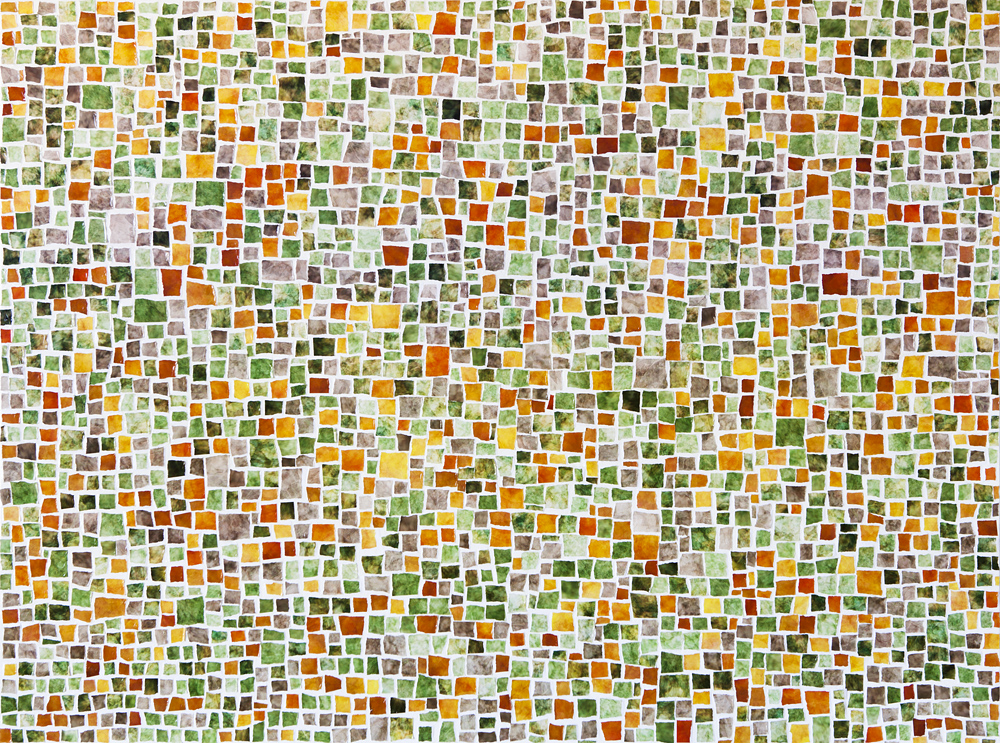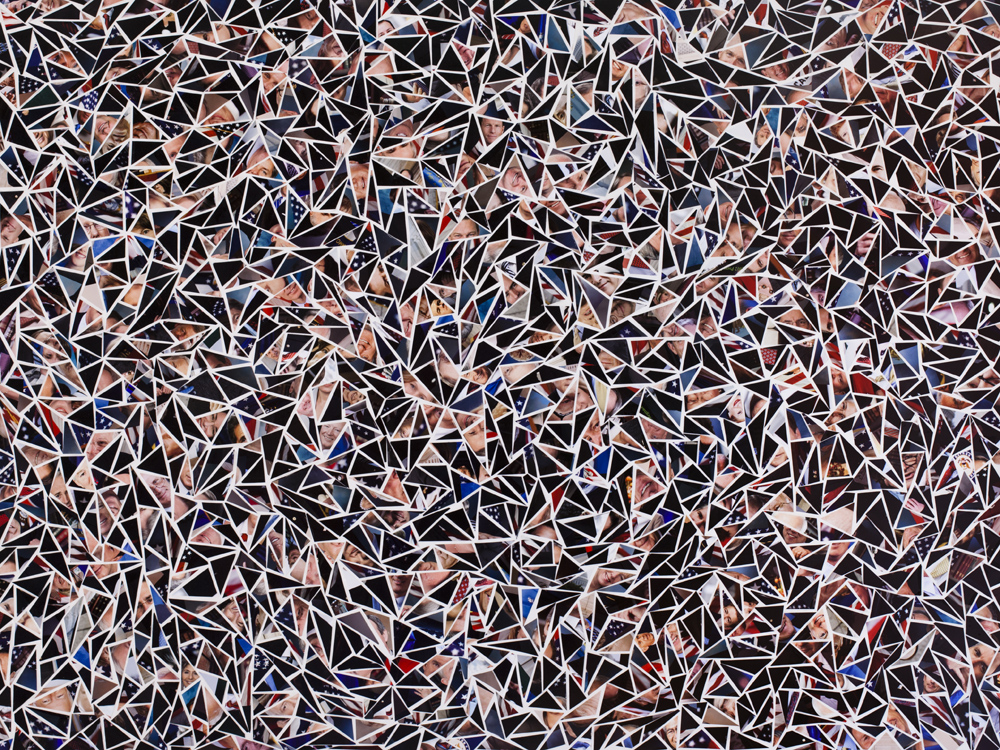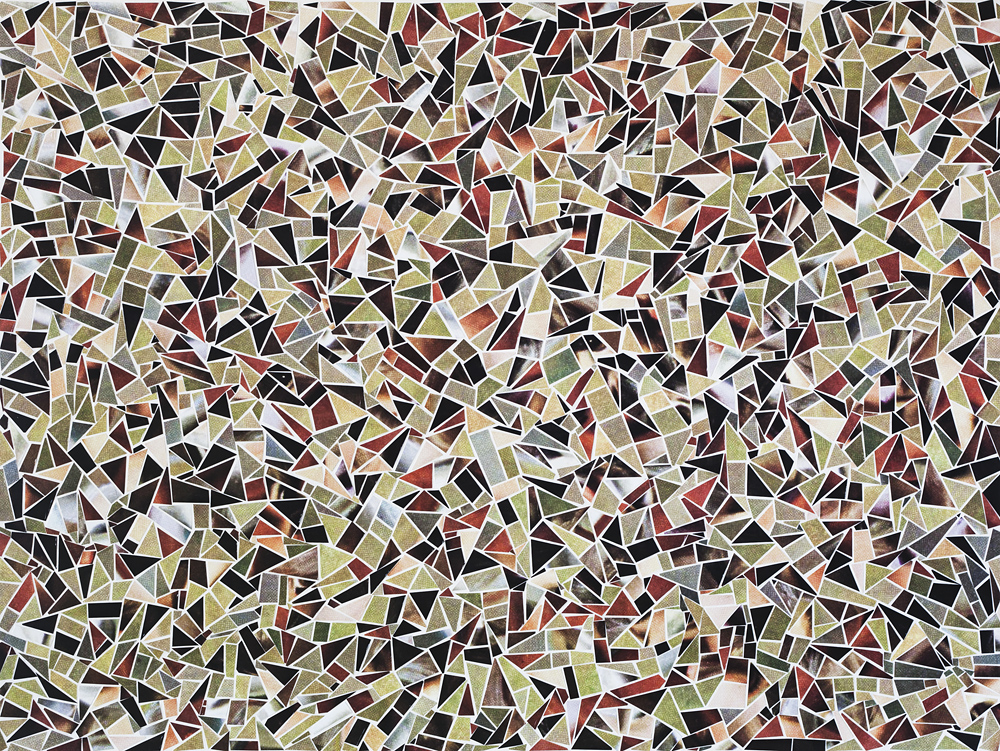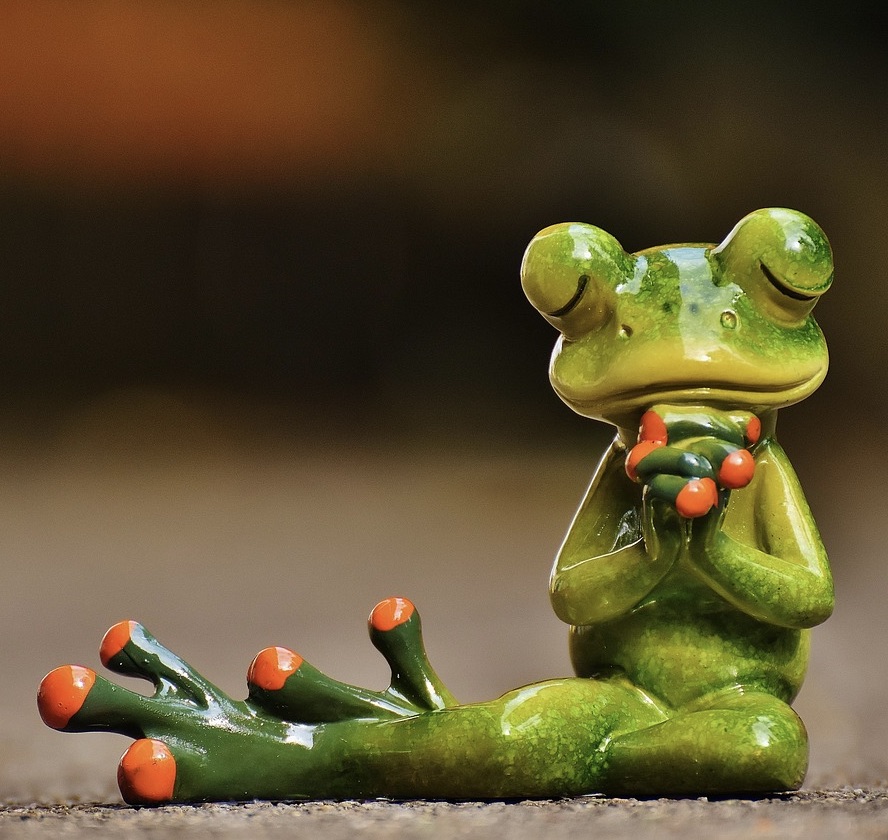interview by Darren Ching and Debra Klomp Ching
 Six Thousand Impressions of Times Square, 2013 © Chang Kyun Kim
Six Thousand Impressions of Times Square, 2013 © Chang Kyun Kim
At Length: The Before or After the Memory series concerns itself with the formation of memory, as it relates to the individual and the collective. Tell us more about this concept.
Chang Kyun Kim: Since we spend so much time and see the world through the same type of media today where images are shared and duplicated infinitely, I think a big part of what we think of as personal and individual might actually be collective.
For example, many people who have never been to New York City already have certain visual ideas about Times Square, which are often memorized as vivid and colorful chaos. And the people might automatically expect the same kind of experience and look for it accordingly when visiting the place. Of course, people could see those kinds of images through traditional media when there was no internet, but the difference between the old days and today is that we see the images a lot more than before and become saturated, thus leaving no spaces for our own imagination that can lead to a totally different experience from what we expect. When we travel today, we might often look for what we’ve seen online earlier, rather than exploring something unknown to us.
I also believe the shared images can heavily influence the formation of ideas and opinions about what’s happening in this world, such as political views and lifestyles, and certain images get shared more and more often as people like it or search it online, which can lead us to some collectively biased ideas. That being said, I don’t criticize any aspects of the current trend in this series, but rather want to scrutinize the way we deal with everyday images, and raise questions about how our memories, ideas and opinions are formed by the images.
 Two Thousand Impressions of Las Vegas, 2013 © Chang Kyun Kim
Two Thousand Impressions of Las Vegas, 2013 © Chang Kyun Kim
AL: And, as we know, photography itself has an inextricable link to memory. A photograph can remind us of a lost or fading memory, and it can be seen to form a memory that we didn’t actually have.
CKK: As I described earlier, I think a good part of people’s memories are not from own experiences, but have been formed through countless sources of media. For example, when the Occupy Movement (so called “I am the 99%” movement) swept this country a few years ago, the images of people holding a sheet of paper describing why their current hardship was happening were shared everywhere and so many naïve young people became influenced by the images and happened to believe that they could justify anything by simply criticizing the rich. I think this is an example of how shared images can affect one’s political views (I understand why people became angry and how the movement started, but I am against the way of defining the 99% and the idea that objectifies the whole democratic society).
 Twenty Five Hundred Impressions of Most Searched Celebrities, 2013 © Chang Kyun Kim
Twenty Five Hundred Impressions of Most Searched Celebrities, 2013 © Chang Kyun Kim
AL: In an image-saturated world, we tend to look at photographs with quick glances, rendering them as fragments and filling in the blanks. Is your method of making this series a comment on this?
CKK: Since we see countless images everyday, we just can’t process everything, but rather we remember it as some type of impressions like the chaotic scenes of Times Square. In my work, I wanted to visualize these very impressions, as a way people process images. I wanted the viewer to see the fragments and formations as a collective formation of memories, created by shared images.
AL: Indeed, your photographs are imbued with a high level of energy, perhaps even chaos. Constructed from fragments, the images confront the viewer with a busy and colorful palette.
CKK: I’ll be happy if the viewer gets distracted by the chaos in the Times Square piece, and is pleased by the color palettes in the Las Vegas piece, because those are the very characteristics that we have in mind regardless of our real experience.
 Twenty Five Hundred Impressions of Central Park in Four Seasons, 2013 © Chang Kyun Kim
Twenty Five Hundred Impressions of Central Park in Four Seasons, 2013 © Chang Kyun Kim
AL: And yet, the labor involved in dissecting your photographs, and painstakingly adhering each individual piece to canvas means that you, as the artist, are forced to slow down and carefully construct the resulting photographic artwork, somewhat like a complex jigsaw.
CKK: The process originated from my curiosity: “if I dissect an image and reorder the fragments randomly, what kind of image or impression I would discover?” The first work was the Times Square piece and I truly enjoyed the unexpected formation which constantly changed day by day. After I filled the canvas, I liked the result and I believed that it could represent the chaotic impression of the place as well as the collectiveness of the memory because the process would create complex yet similarly patterned images after all. Since each piece has different number of fragments, it took a few days to few weeks of time to finish, and the challenge was repeating the same process with tiny pieces of papers over and over again.
 Three Thousand Impressions of U.S. Senators, 2013 © Chang Kyun Kim
Three Thousand Impressions of U.S. Senators, 2013 © Chang Kyun Kim
AL: Photography, as a visual artform, has at its foundation the ability for reproduction. The ‘Before or After the Memory’ series consists of unique images. You could have constructed the artworks and then re-photographed them. Why have you maintained them as singular objects?
CKK: Since this series is about fragments and formations, I wanted the viewer to observe the physicality of the real fragments and relate it to their own memories. Also, I didn’t want them to be distracted by the question “Is this a photograph of an object or digitally manipulated?”, so that they can just focus on the pieces.
AL: One of the questions raised is whether there are as many fragments of images adhered to the canvas as each title suggests. For example, are there really six thousand images of Times Square? If not, does this return full-circle to this notion of the dichotomy of individual/collective memory?
CKK: In this series, some pieces consist of one image and some consist of multiple images. For the Times Square piece, I dissected one image of Times Square into six thousand cuts (not six thousand different images of Times Square). The intention of each title was to convey the individuality of the fragments, which become a collective mass of memories.
 Three Thousand Impressions of Jesus Christ, 2013 © Chang Kyun Kim
Three Thousand Impressions of Jesus Christ, 2013 © Chang Kyun Kim
AL: How does this particular series of photographs relate to your overall creative practice?
CKK: I’ve always been interested in visualizing the subconscious state of memories in abstract forms. I think the most profound nature of photography is recording reality as is, and no matter what kind of manipulation is applied (traditionally or digitally), photography is always based on something that is or was in reality. Because of this, using photography has always been challenging to visualize the memory-related subjects, and the results often ended up being cliché or simply not making much sense. Yet, the thing that I feel excited about photography in this practice despite the challenges is that it allows me to manipulate things that exist or existed into whatever forms I intend while still maintaining the sense of reality. In this regard, using photographic prints as medium was another progress during the whole practice that explores different possibilities in photographic abstraction.
Chang Kyun Kim is a South Korean artist, living and working in Los Angeles. He was selected as one of the exhibiting artists for Klompching Gallery’s 2013 edition of FRESH: The Wall/The Page/The Internet, July 17–August 10, 2013.

![Monument for Inger Christensen. Photo by David Stjernholm. Featured image for [o] by Kristi Maxwell.](https://atlengthmag.com/wp-content/uploads/2025/06/Monument-for-Inger-Christensen_Kaare-Golles_002_Photo-by-David-Stjernholm-1280x914-1.jpg)
